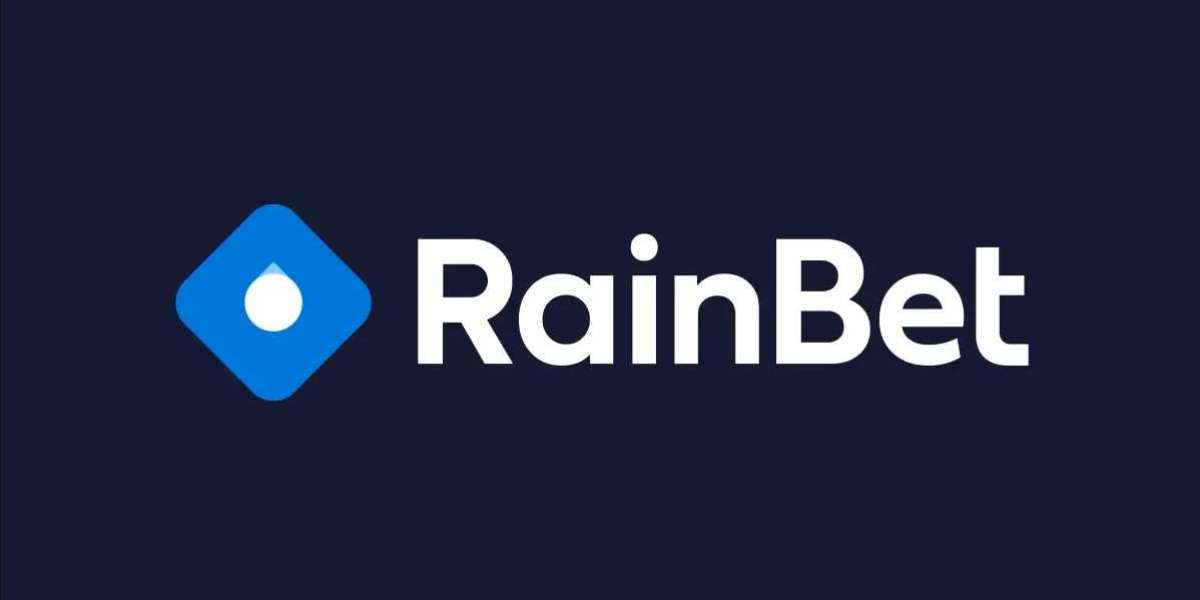Introduction to React Native and its Benefits
The healthcare industry is undergoing a digital transformation, and mobile applications are at the forefront of this change. As patients seek more accessible and efficient ways to manage their health, developers face the challenge of creating intuitive medical apps that stand out in a crowded market. Enter React Native—a powerful framework that’s revolutionizing how healthcare solutions are built.
With its ability to create cross-platform applications efficiently, React Native offers an exciting opportunity for developers looking to make a significant impact in the medical field. But what makes it so ideal for healthcare? Let’s explore the rise of mobile apps in medicine and discover why React Native might just be the key to unlocking better patient care and streamlined operations.
The Increasing Use of Mobile Apps in the Healthcare Industry
The healthcare industry is experiencing a significant transformation, driven by the rapid adoption of mobile apps. Patients are seeking more convenience and accessibility in managing their health. This shift has led to an explosion of applications designed for everything from scheduling appointments to monitoring vital signs.
Mobile apps empower users with real-time information, enhancing communication between patients and providers. They allow individuals to track medications, receive reminders, and access personalized health data at their fingertips.
Healthcare professionals are also embracing technology. Mobile solutions streamline workflows and improve patient care coordination. Medical staff can share updates instantly through secure platforms, ultimately leading to improved outcomes.
The trend reflects a broader societal movement towards digitization in all aspects of life. As smartphones become ubiquitous, the demand for effective health management tools continues to rise dramatically.
Challenges Faced by Medical App Developers
Medical app developers encounter a variety of challenges in their pursuit to create effective applications. One major hurdle is ensuring compliance with strict regulations, such as HIPAA or GDPR. Navigating these legal landscapes can be daunting and time-consuming.
Another significant challenge lies in integrating complex medical data seamlessly. Developers must work with various health records systems, which often use different formats and standards. This integration requires careful planning and execution.
User experience also poses difficulties. Medical apps need to cater to diverse users—patients, doctors, nurses—and each group has unique needs and expectations. Balancing functionality with simplicity demands ongoing testing and feedback.
Security concerns loom large as well. Protecting sensitive patient information from breaches is critical for maintaining trust in the application’s integrity.
Staying updated with rapid technological advancements adds pressure on developers to continually enhance their skills and adapt their solutions accordingly.
How React Native Addresses These Challenges
React Native development services offer a powerful solution to the challenges faced by medical app developers. Its framework allows for rapid development, which is crucial in an industry where time can be of the essence.
Cross-platform compatibility is another significant advantage. Developers can create apps that function seamlessly on both iOS and Android without duplicating efforts or resources.
Security features are built-in, addressing one of healthcare's biggest concerns—data privacy. React Native enables developers to implement robust security measures effortlessly.
User experience is paramount in healthcare applications. With React Native’s smooth animations and intuitive interfaces, patients find it easy to navigate essential functions.
Community support plays a vital role. A vibrant developer community continually contributes plugins and enhancements, ensuring that medical apps remain up-to-date with the latest technology trends.
Real-World Examples of Successful Medical Apps Built with React Native
Numerous medical apps have leveraged React Native to enhance patient care and streamline processes. One notable example is the app for HealthTap, which connects users with doctors via virtual consultations. Its seamless interface allows quick navigation and access to healthcare professionals.
Another impressive case is the MyTherapy app, designed to help patients manage their medications effectively. By combining reminders and health tracking features, it improves medication adherence while providing a user-friendly experience.
Additionally, the FitBit app uses React Native to synchronize data from wearable devices in real-time. This integration empowers users by giving them insights into their health metrics on a single platform.
These examples showcase how React Native's versatility can drive innovation in healthcare technology, making medical services more accessible than ever before.
Steps for Building a Medical App with React Native
Building a medical app with React Native starts with careful planning. Define your target audience and the specific needs your app will address. This sets a clear direction for development.
Next, create wireframes to visualize the user interface. Focus on an intuitive design that prioritizes usability and accessibility. Medical apps must be straightforward and easy to navigate.
Once you have a solid plan, set up your development environment. Install necessary tools like Node.js and Expo to streamline the process.
After establishing the foundation, start coding. Leverage React Native's pre-built components for faster implementation while maintaining high performance across platforms.
Testing is crucial in healthcare applications due to regulatory requirements. Conduct rigorous testing phases including unit tests, integration tests, and user feedback sessions to ensure functionality meets standards.
Prioritize security features throughout the development process to protect sensitive patient data from potential breaches or unauthorized access.
Conclusion and Future Possibilities for Healthcare Technology
The future of healthcare technology is bright, especially with the increasing integration of mobile applications. As more patients seek easy access to their medical information and services via smartphones, the demand for efficient and innovative apps continues to grow. React Native stands out as a powerful tool in this landscape.
Its ability to create cross-platform applications means developers can reach a wider audience without sacrificing quality or user experience. The flexibility it offers allows for rapid updates and feature enhancements, keeping pace with the fast-evolving needs of healthcare providers and patients alike.
Looking ahead, we can anticipate even more advanced features in medical apps—think AI-driven health monitoring tools or personalized wellness programs that utilize real-time data analytics. With React Native paving the way, developers have an opportunity to shape how healthcare interacts with technology.
Collaboration between tech experts and healthcare professionals will be essential in crafting solutions that are not only functional but also secure and user-friendly. As the industry evolves, so too will our understanding of patient engagement through mobile platforms.
Healthcare technology’s journey has just begun. Embracing frameworks like React Native is likely key to unlocking new possibilities that enhance patient care while streamlining operations for health providers everywhere. The horizon looks promising; innovation remains at its core.







